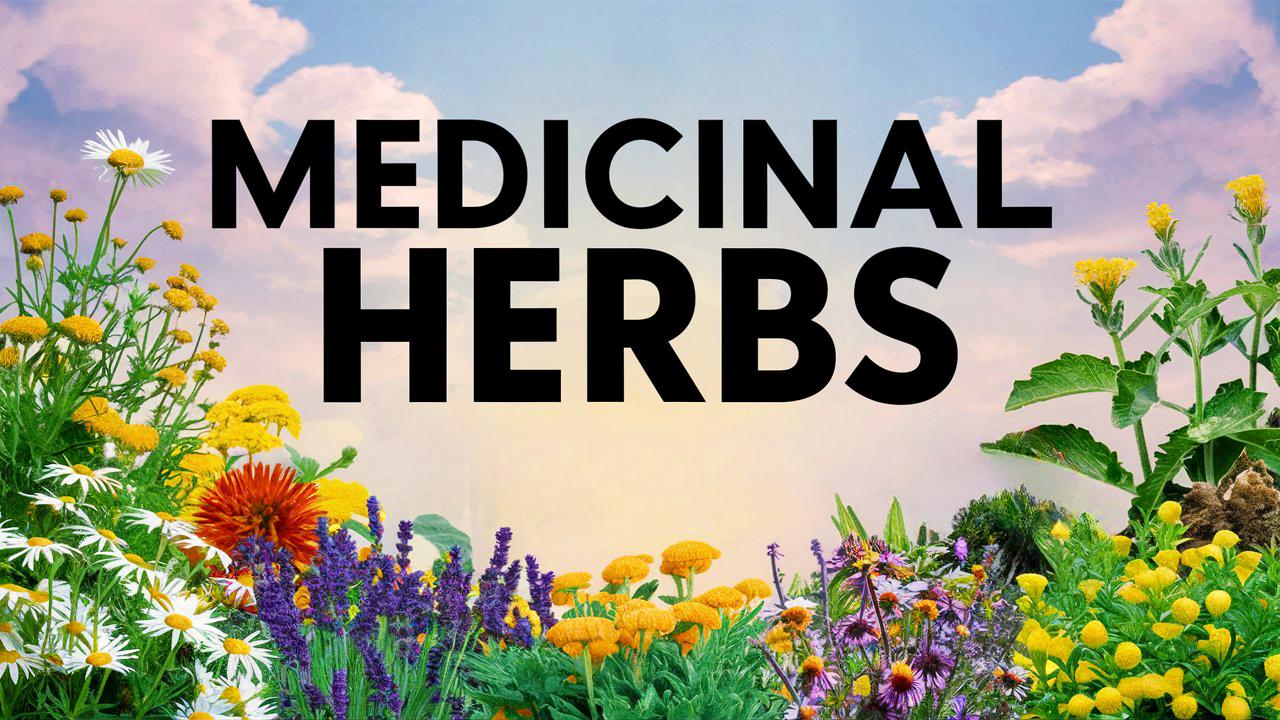Medicinal herbs have been cherished for centuries, not just for their culinary uses but also for their health benefits. Cultivating these plants in your garden can provide a sustainable source for natural remedies while enhancing your connection to the earth.
In this guide, we’ll explore a selection of medicinal herbs that are excellent choices for beginner gardeners. Each plant offers unique benefits and can easily thrive with a bit of care and attention.
Rosemary (Rosmarinus officinalis)
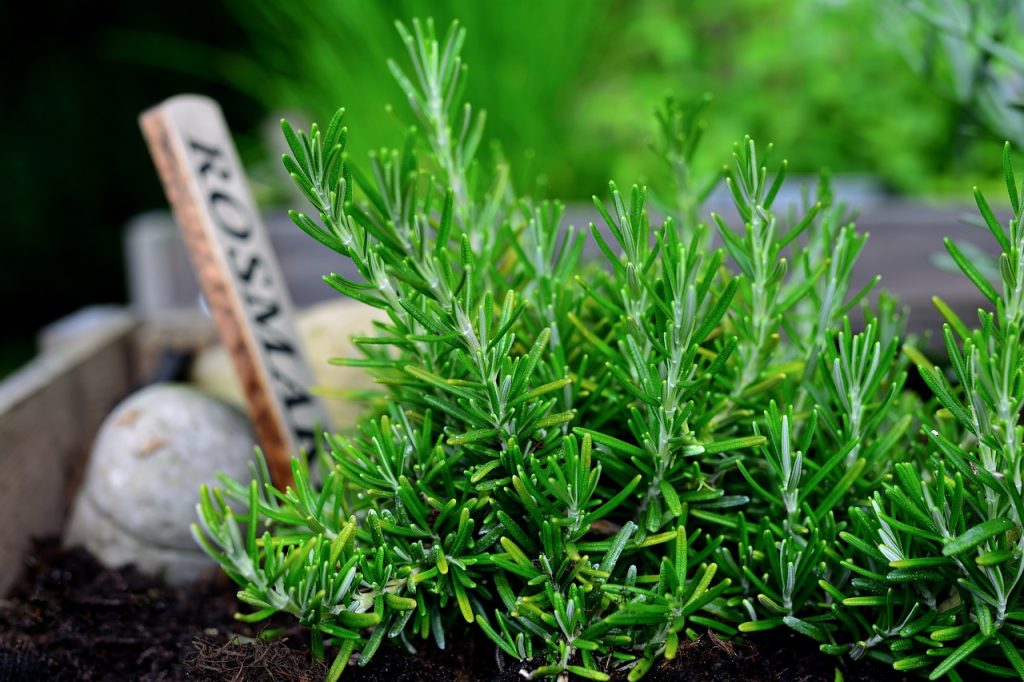
Rosemary is a hardy perennial herb that thrives in warm, sunny locations with well-drained soil. Its needle-like leaves and aromatic scent make it a favorite not only in kitchens but also in traditional herbal practices. Rosemary is revered for its cognitive-enhancing properties and is believed to improve memory and concentration. It is also known for its anti-inflammatory and antioxidant properties.
To grow rosemary, start with seeds or cuttings. Ensure that the plants receive plenty of sunlight—at least 6-8 hours a day. Water them sparingly, as rosemary prefers drier conditions to prevent root rot. Pruning the plant encourages bushier growth and enhances its vigor, while you can enjoy its culinary uses in dishes ranging from meats to breads.
Feverfew (Tanacetum parthenium)
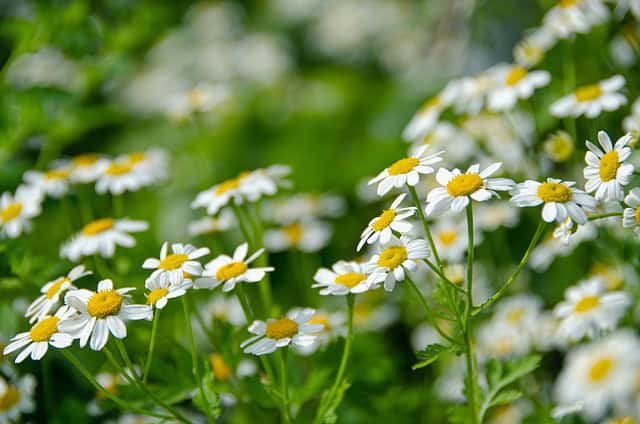
Feverfew is a flowering herb recognized for its striking daisy-like appearance and its long history in traditional medicine. Commonly used for treating headaches, including migraines, feverfew is believed to reduce inflammation and alleviate symptoms associated with various inflammatory conditions.
Feverfew is easy to cultivate; it prefers well-drained soil and thrives in full sun to partial shade. Starting from seeds or established plants is straightforward, and they typically grow well in many climates. This herb can be harvested fresh or dried, and the leaves can be consumed raw or brewed into tea.
Aloe Vera (Aloe vera)
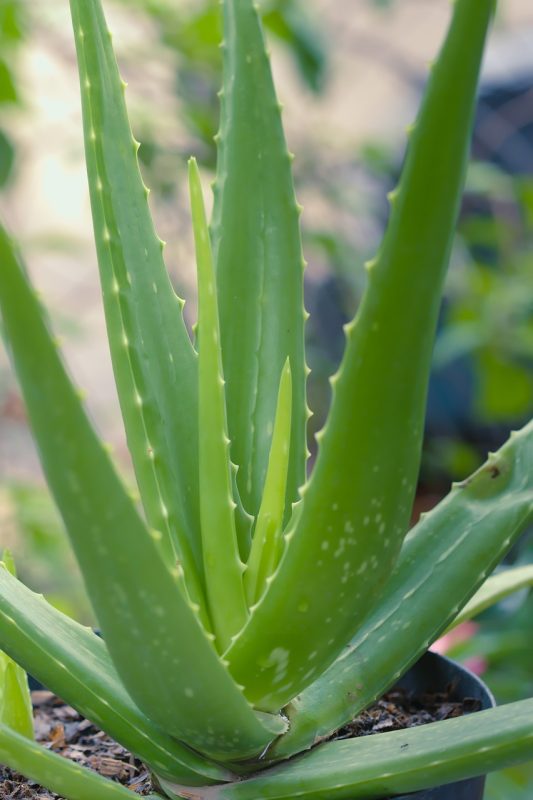
Aloe Vera is a succulent that is widely known for its soothing gel, which is effective for burns, cuts, and skin irritations. It has both topical and internal applications; consuming aloe juice may aid in digestion and boost hydration. The plant is drought-resistant and requires minimal upkeep, making it ideal for beginner gardeners.
To successfully cultivate aloe vera, plant it in well-draining cactus mix, and position it in a location that receives indirect sunlight. Overwatering is a common error; these plants prefer to dry out between waterings. With patience, you can enjoy the benefits of this versatile plant in your home.
Valerian (Valeriana officinalis)
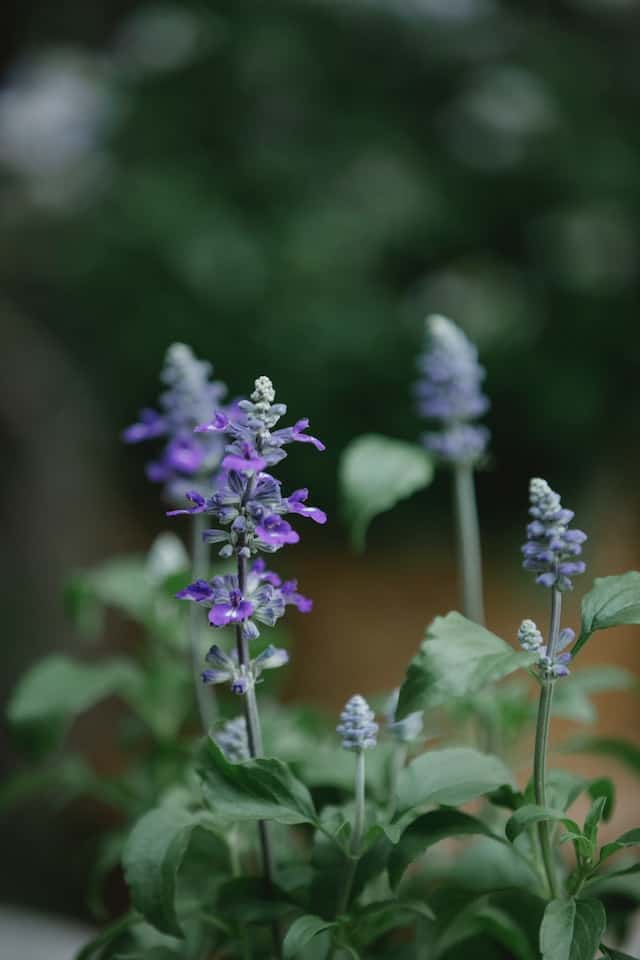
Valerian is a perennial herb known for its sedative properties, often used in herbal medicine to promote relaxation and better sleep. The root of the valerian plant is where most of its medicinal properties lie, and it’s often prepared as a tea or tincture.
To grow valerian, opt for a semi-shady spot with moist, fertile soil. The plant can reach heights of up to 5 feet, so make sure to allow enough space for its growth. Harvest the roots in the fall when the plant is dormant, and dry them out for use in herbal remedies.
Beth root (Trillium erectum)
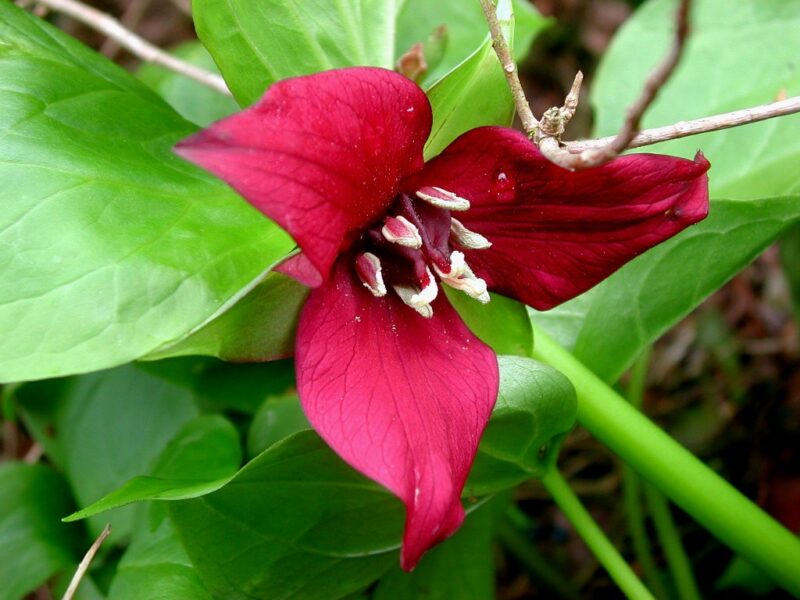
Beth root is lesser-known but has historically been used for various medicinal purposes. It is traditionally known to help with childbirth and as a remedy for gastrointestinal issues. The underground rhizome contains several bioactive compounds that contribute to its health benefits.
Growing Beth root requires shaded areas with rich, moist soil, mimicking its natural forest habitat. As a perennial, it may take a few years to mature fully. However, its striking three-petaled flowers make it a beautiful addition to woodland gardens.
Aconite (Aconitum)
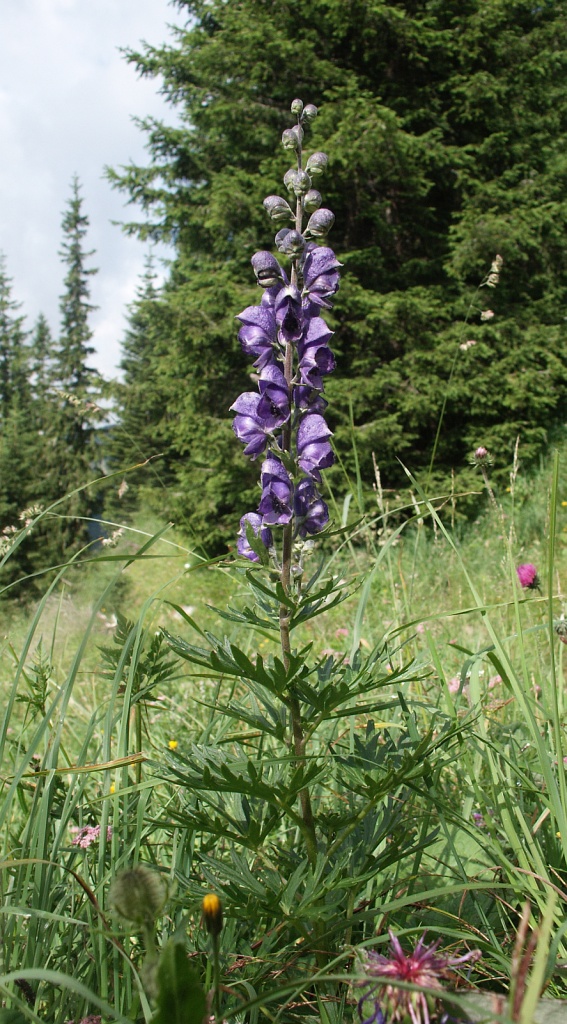
Aconite, often referred to as monkshood, is famous for its striking blue flowers and potent medicinal properties. Traditionally, it has been used as an analgesic and is renowned in herbal medicine. However, caution is necessary, as all parts of the plant are toxic if misused.
For those interested in exploring aconite, it thrives in well-drained, rich soil and prefers partial shade. As it can be hazardous, it’s vital to research proper usage and consider consulting experienced herbalists or practitioners when incorporating it into medicinal preparations.
Sushni (Marsilea quadrifolia)
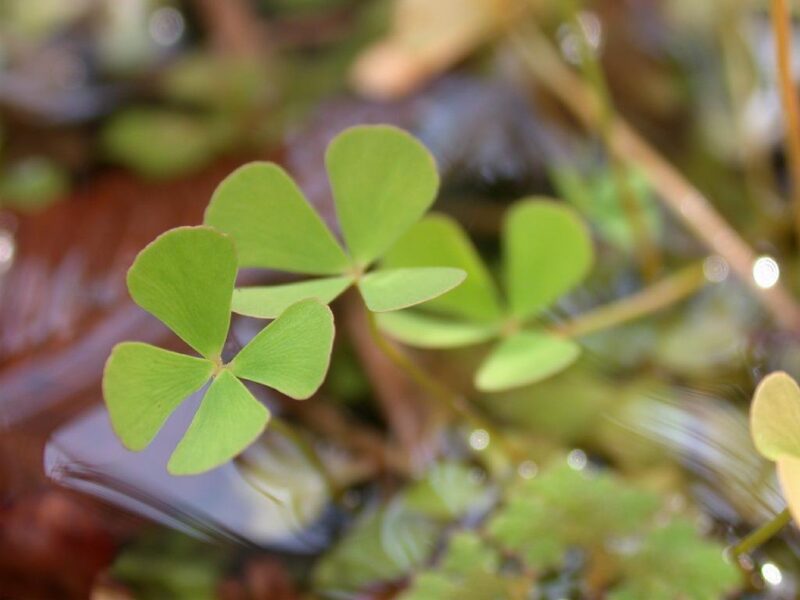
Sushni, sometimes called four-leaf clover or water clover, is a unique aquatic herb with a rich history in traditional medicine, especially in Ayurveda. It is regarded for its adaptogenic qualities and potential health benefits related to stress relief and blood sugar control.
To grow Sushni, a pond or water garden is ideal. It prefers shallow waters and can thrive in a variety of water qualities. By creating a suitable aquatic environment, you can not only cultivate this herbal remedy but also enhance your garden’s ecosystem.
Wooly Lamb’s Ear (Stachys byzantina)
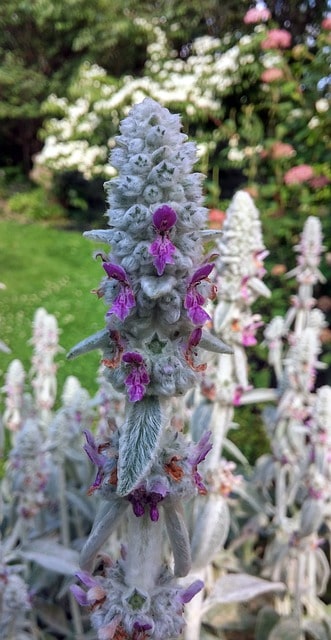
Wooly Lamb’s Ear is known for its soft, hairy leaves that resemble lamb’s ears—hence the name. Traditionally, it has soothing properties and has been used to dress wounds and relieve skin irritations.
This drought-tolerant perennial is easy to grow in well-drained soil with plenty of sun. The plant can spread quickly, making it an excellent ground cover for gardens, and it requires minimal maintenance. Its decorative foliage also adds aesthetic value, blending functionality and beauty.
Solomon’s Seal (Polygonatum)
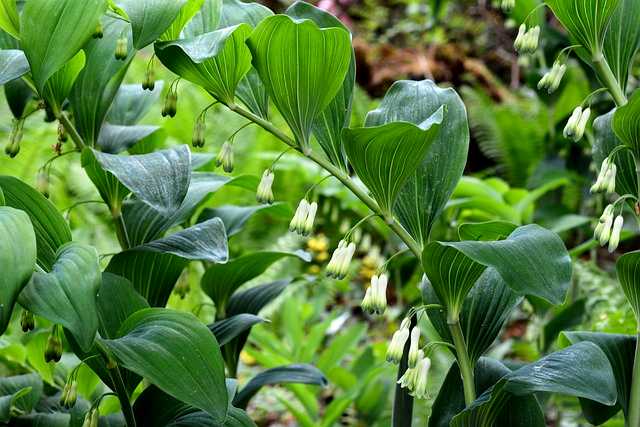
Solomon’s Seal is a woodland perennial known for its arching stems and bell-shaped flowers. It has been used for centuries in herbal medicine, primarily for its anti-inflammatory and restorative properties.
To grow Solomon’s Seal, select a shady area with moist, well-drained soil. The rhizomes can be divided to propagate new plants easily. This herb adds visual interest with its graceful form in shaded gardens while offering a rich history of therapeutic use.
Elecampane (Inula helenium)
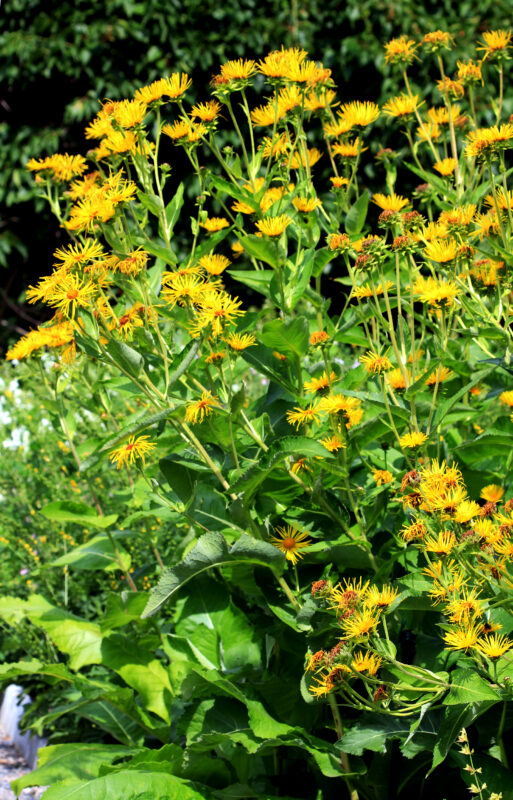
Elecampane is a tall herb with large, yellow flowers and leaves that have been valued for their medicinal qualities. It’s particularly known for its use as an expectorant and treatment for respiratory ailments.
Growing elecampane requires full sun and fertile, moist soil. The roots can be harvested in the fall of the second year for medicinal use. The large, attractive flowers also provide benefits for bees and other pollinators, enhancing the biodiversity of your garden.
Allheal (Prunella)
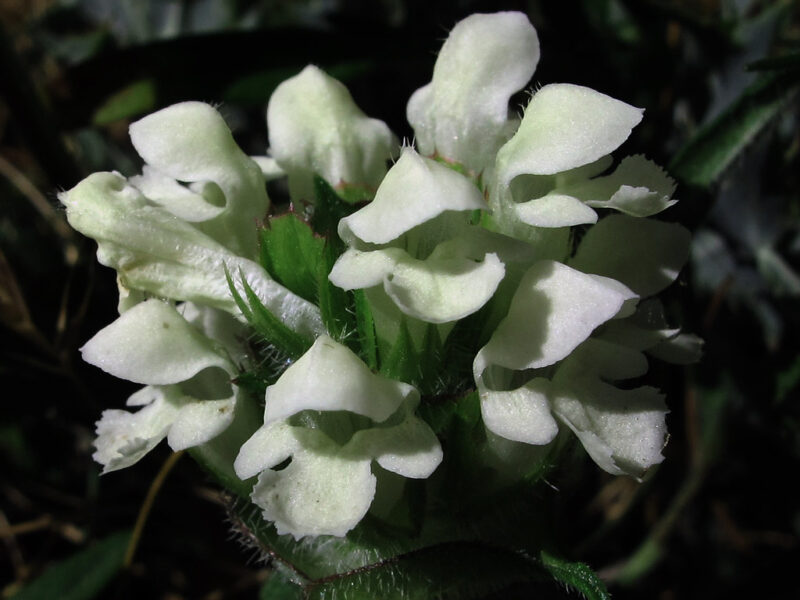
Allheal, or self-heal, is an herbaceous perennial famous for its wound healing properties. It has been traditionally used in poultices, teas, and extracts for various ailments, including cuts, inflammation, and digestive issues.
This adaptable plant thrives in various conditions, including meadows and gardens. With low maintenance requirements, it can become a resilient addition to your herbal patch. Harvesting the leaves and flowers can be done throughout the growing season for fresh medicinal applications.
Lemon Balm (Melissa officinalis)
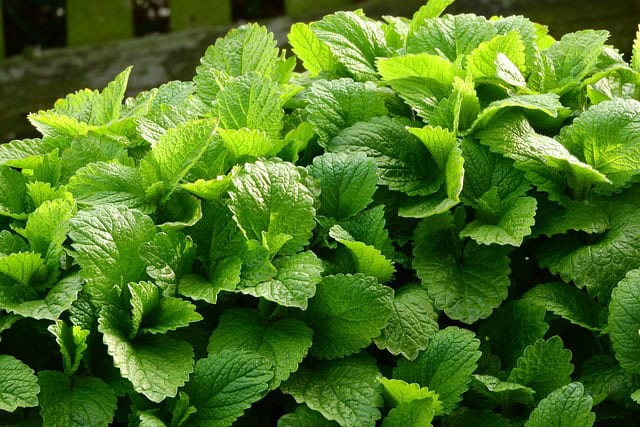
Lemon Balm is a fragrant herb belonging to the mint family, known for its calming properties and delightful lemon scent. It is often used in teas and tinctures to promote relaxation and alleviate anxiety.
Cultivating lemon balm requires well-drained soil and plenty of sunlight. This perennial herb grows rapidly, so regular trimming is essential to prevent it from overtaking other plants in your garden. Its soothing presence and pleasant aroma make it a favorite among gardeners.
Licorice (Glycyrrhiza glabra)
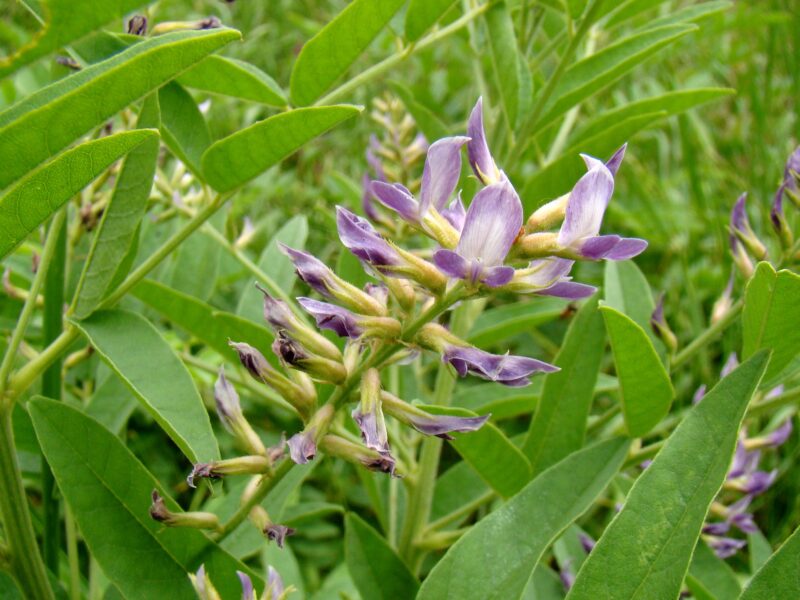
Licorice is well-known for its sweet flavor, often used in candies and herbal teas, but its health benefits extend much further. Traditionally, licorice root has been employed for its anti-inflammatory properties and its ability to soothe digestive issues.
Licorice prefers a warm climate with well-drained soil. While it can take a couple of years to mature, the roots can be harvested once established. Due to its vigorous growth, ensure to allocate ample space in your garden to allow for its expansion.
Pig’s Ears (Cotyledon orbiculata)
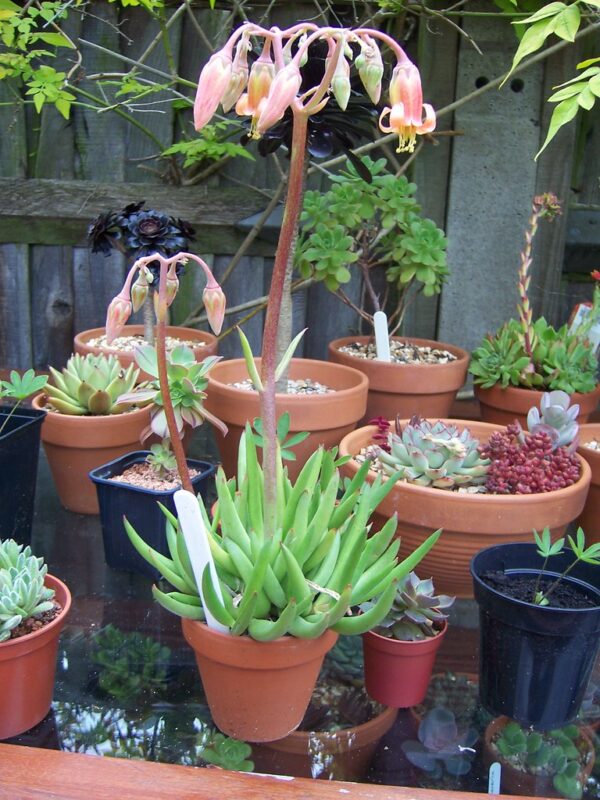
Pig’s Ears, a succulent herb, is famed for its thick, fleshy leaves and ability to store water. Traditionally, its leaves have been used to soothe wounds and treat skin irritations, thanks to their healing properties.
This low-maintenance plant thrives in dry, well-drained soil and full sunlight. It offers a unique addition to rock gardens or containers. As an added bonus, you can harvest the leaves for topical remedies whenever needed.
Eucalyptus (Eucalyptus)
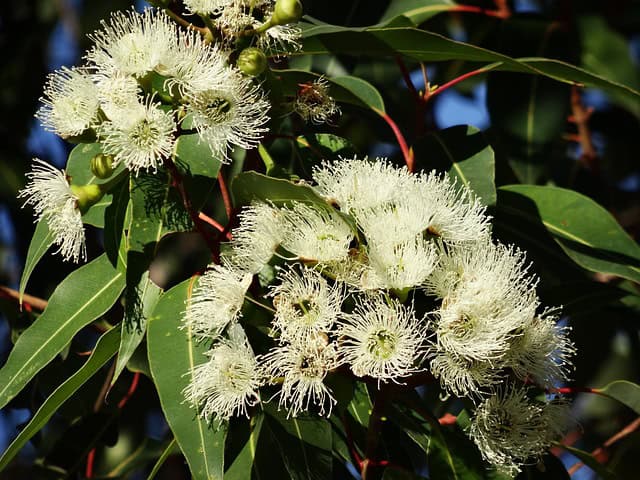
Eucalyptus trees are renowned for their essential oils and invigorating aroma. The leaves are often used in steam inhalations and various remedies for respiratory issues. Additionally, eucalyptus is thought to possess antiseptic properties.
Growing eucalyptus can be rewarding, as it requires full sun and well-drained soil. Depending on the variety, these trees can grow quite tall, so choose a spacious area. Harvest the leaves as needed for teas or to create essential oils to enjoy its extensive benefits.
St. John’s Wort (Hypericum perforatum)
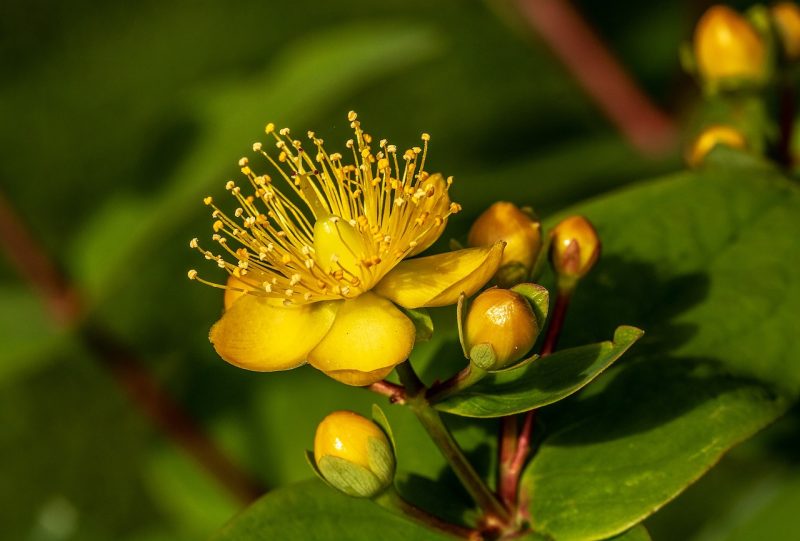
St. John’s Wort is a vibrant yellow-flowered herb known for its mood-lifting properties. It has been traditionally used for mild depression and anxiety, making it a popular choice among herbalists.
To cultivate St. John’s Wort, find a sunny spot with well-drained soil. The plant can spread easily, so regular harvesting and maintenance are advisable. Its bright blooms not only add color to your garden but also invite pollinators, enhancing your garden’s health.
Rue (Ruta graveolens)
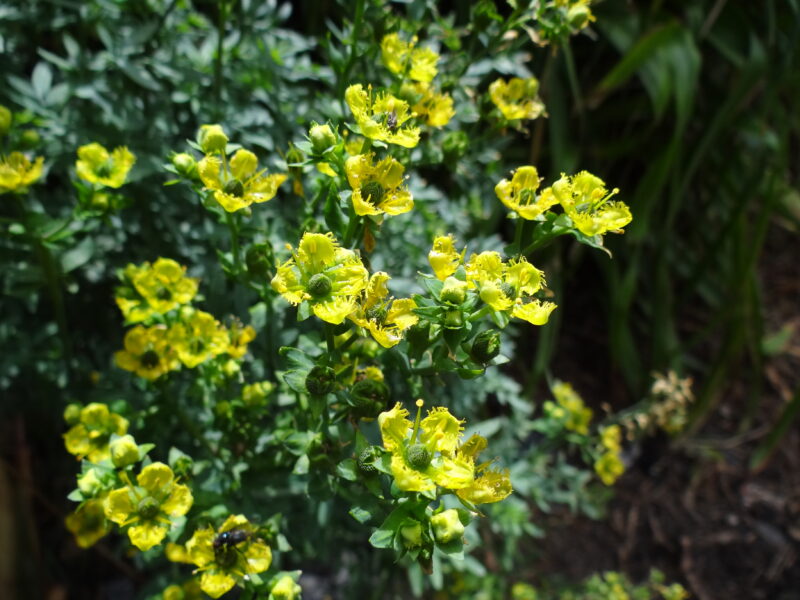
Rue is a hardy perennial known for its distinctive aroma and historical medicinal uses, including digestive relief and treatment for various ailments. It has been revered for its protective properties in various cultures.
Growing rue requires minimal watering once established, and it prefers full sun and well-drained soil. With its striking foliage and unique scent, it can be an eye-catching addition to your herbal garden. Caution is advised, as rue can cause skin irritation for some individuals.
Roseroot (Rhodiola rosea)
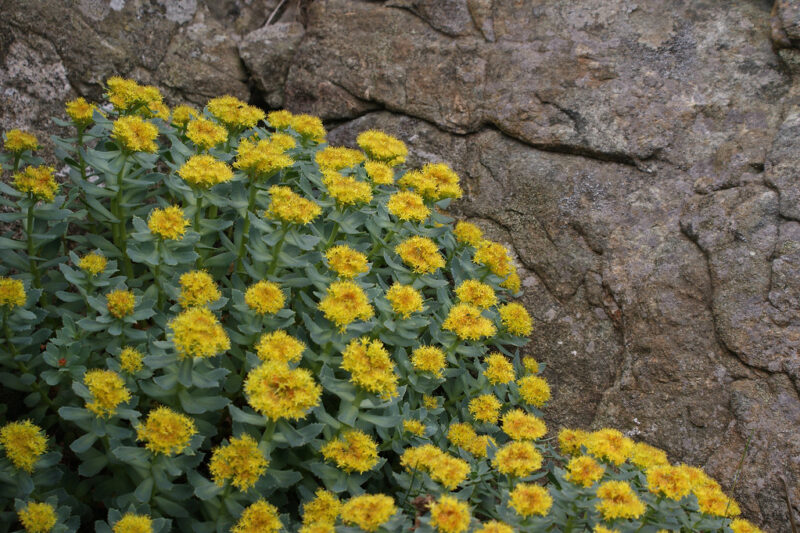
Roseroot is a remarkable herb known for its adaptogenic properties, which help the body adapt to stress. Its roots, traditionally used in various cultures, can improve endurance and promote a sense of well-being.
To cultivate roseroot, provide it with well-drained soil and adequate sunlight. This hardy plant can tolerate difficult growing conditions, making it suitable for many gardeners. The beautiful yellow flowers add visual appeal while offering a bountiful supply of therapeutic roots.
Mullein (Verbascum)
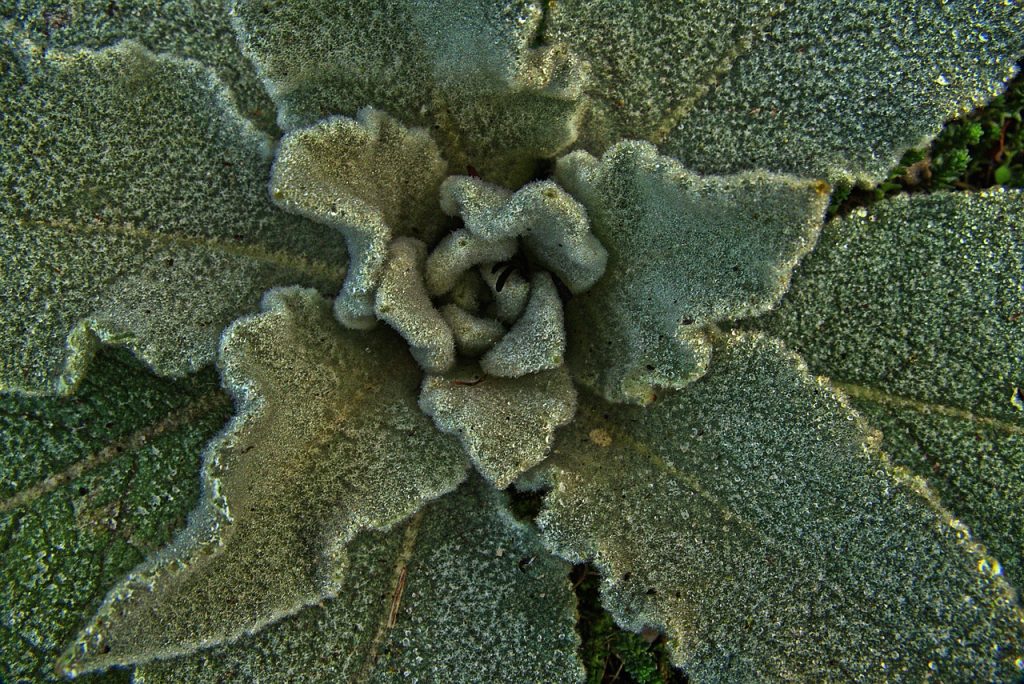
Mullein is distinguished by its tall spikes of yellow flowers and fuzzy leaves. Traditionally, it has been used to address respiratory issues and soothe sore throats.
This biennial plant thrives in poor, well-drained soil, making it easy to cultivate for beginners. Mullein can grow remarkably tall, providing an interesting vertical element to your garden, and the leaves can be harvested to make herbal teas.
Goji berry (Lycium barbarum or Lycium chinense)
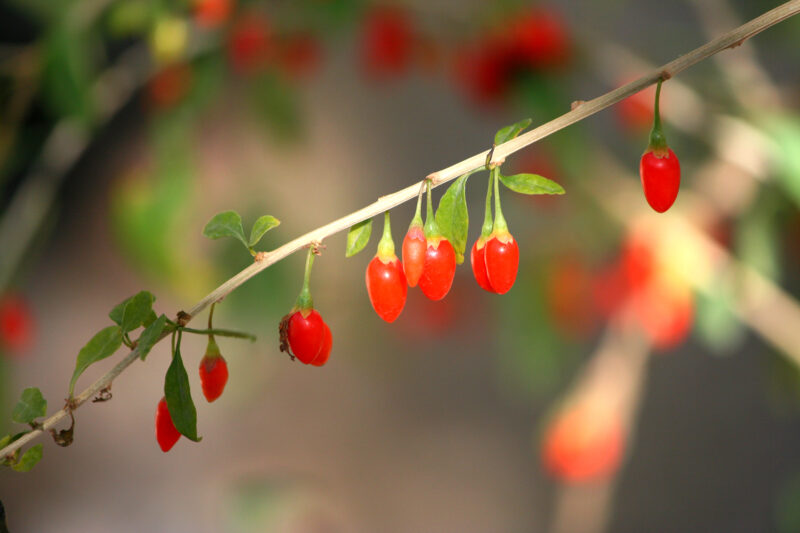
Goji berries are often hailed as a superfood, packed with antioxidants and nutrients. They have been used in traditional Chinese medicine for centuries to promote overall health and longevity.
Cultivating goji berries requires patience, as the plants can take a couple of years to bear fruit. They thrive in warm sunlight and well-drained soil. With proper care, you’ll enjoy both their beauty and health benefits as the bright red berries ripen.
Chamomile (Matricaria chamomilla)
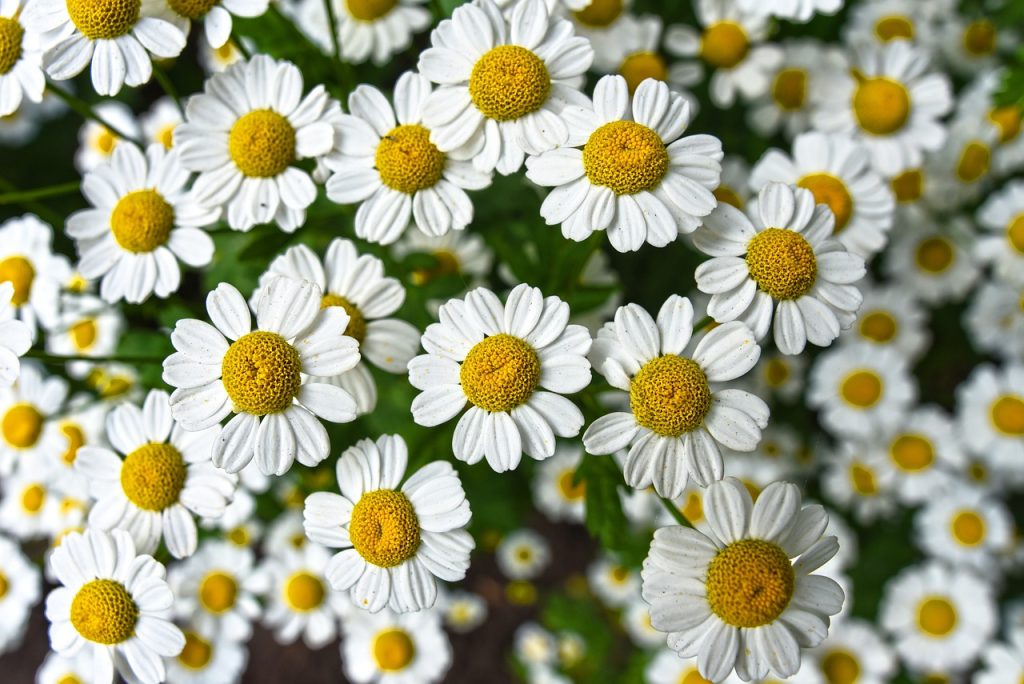
Chamomile is a beloved herb known for its calming properties and frequently used in teas to promote relaxation and reduce stress. Its delicate flowers are not only beautiful but also potent in herbal applications.
Growing chamomile is simple; it thrives in well-drained soil under full sun. Regular harvesting encourages continuous blooming throughout the season. You can use the fresh or dried flowers in teas, gaining both culinary and therapeutic benefits.
Wormwood (Artemisia absinthium)
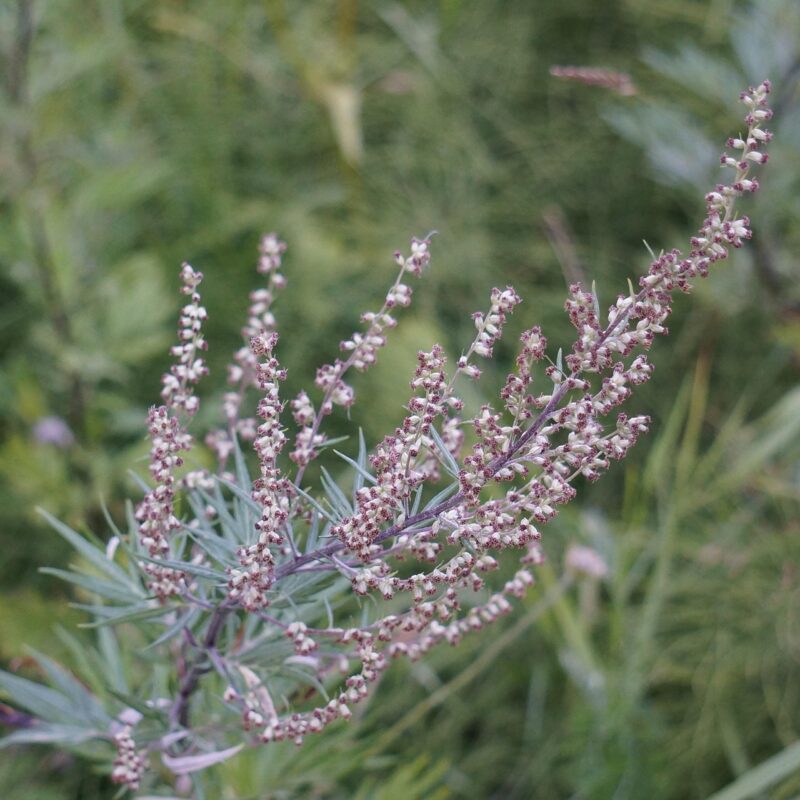
Wormwood is a hardy perennial noted for its distinctive aroma and bitter flavor. It is traditionally used as a digestive aid and has gained fame for its historical use in absinthe production.
This herb prefers well-drained soil and can tolerate poorer conditions, making it suitable for beginner gardeners. While its bitterness might not appeal to everyone, it adds a unique touch to your herbal collection and is often used in bitters recipes.
Ginkgo (Ginkgo biloba)
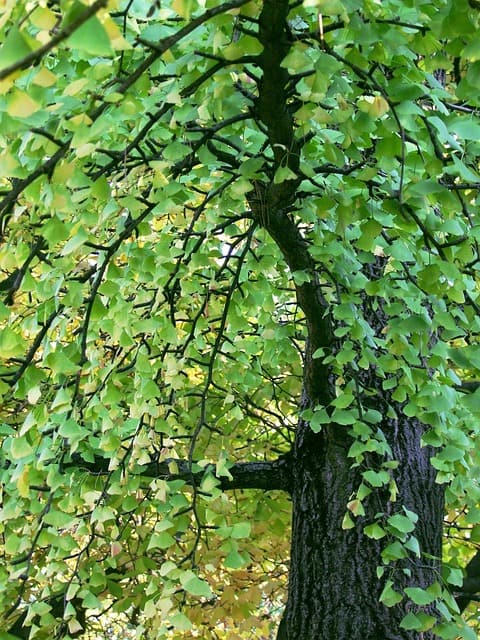
Ginkgo trees are ancient and known for their fan-shaped leaves. The leaves have been used to enhance cognitive function and support memory, making ginkgo a popular supplement in modern herbalism.
Growing ginkgo can be a rewarding experience, as it adapts well to urban environments. These trees thrive in well-drained soil; however, they can be slow to mature, often taking years to bear fruit. The aesthetic value combined with its health benefits makes ginkgo a worthy investment.
Yarrow (Achillea millefolium)
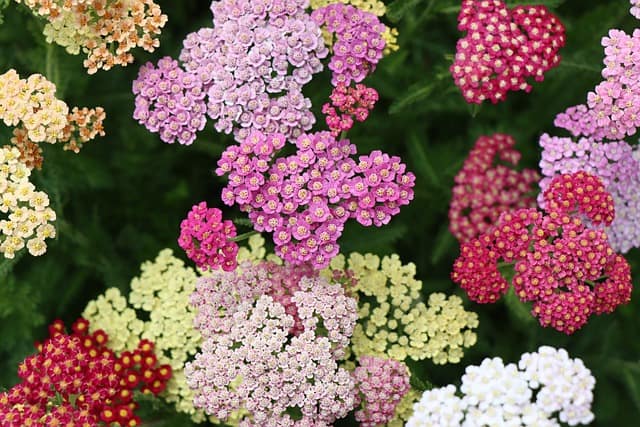
Yarrow is a versatile herb with a longstanding reputation for its wound-healing properties. Its feathery foliage and clusters of small flowers make it an attractive addition to any garden.
Yarrow is incredibly resilient, thriving in various soil types and prefering full sun. Harvesting the flowers and leaves can provide you with a robust herbal remedy for topical applications or teas for digestive support.
Pennyroyal (Mentha pulegium)
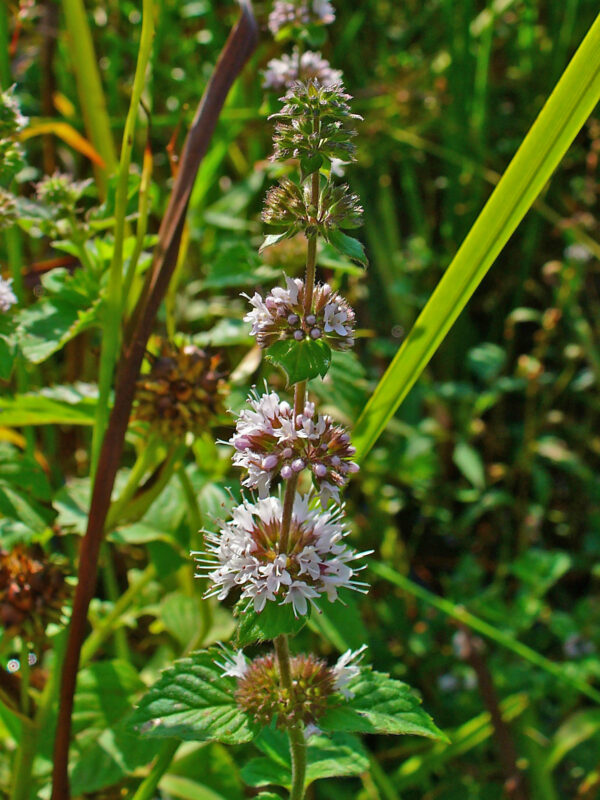
Pennyroyal is a member of the mint family known for its aromatic leaves and historical use as a digestive aid and insect repellent. It is particularly handy in gardens for keeping pests at bay while adding a distinctive scent.
Cultivating pennyroyal requires rich, moist soil and partial to full sunlight. As it can spread rapidly, managing its growth is essential. Enjoy its culinary uses while maintaining a balance in your garden.
Witch Hazel (Hamamelis)
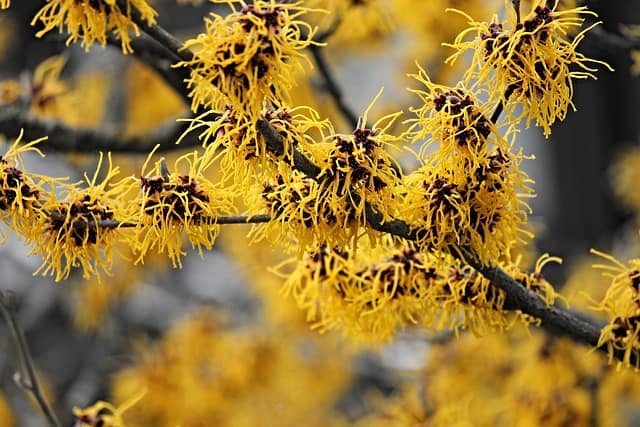
Witch hazel is well-regarded for its ability to soothe skin irritations and minor wounds due to its astringent properties. The beautiful, fragrant flowers during late winter/early spring enhance any garden’s appeal.
Growing witch hazel prefers well-drained, rich soil and partial shade. This shrub adds both an ornamental touch and a functional element to your garden, providing year-round benefits.
Stinging Nettle (Urtica dioica)
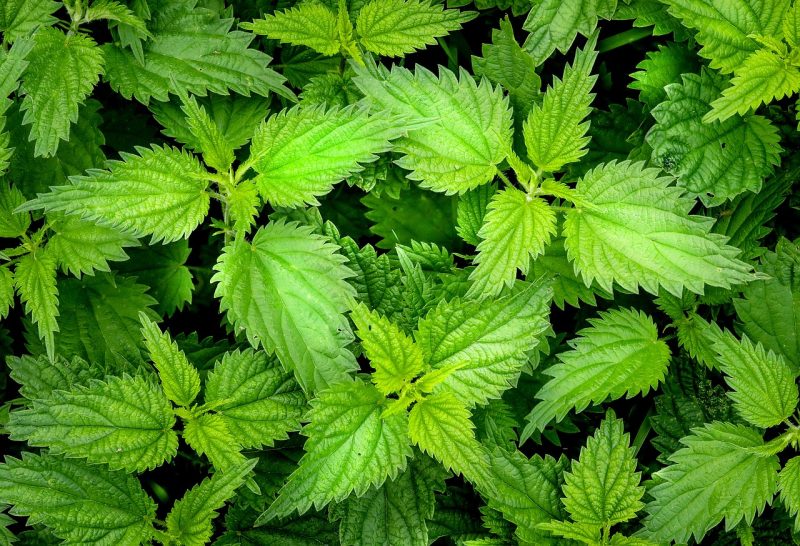
Stinging nettle is often viewed with caution due to its ability to sting upon contact; however, it is a powerhouse of nutrition and health benefits. Its leaves are rich in vitamins and minerals, making it an excellent addition to teas and soups.
Stinging nettle thrives in moist, rich soil and can grow vigorously. If you’re hesitant about touching the leaves, wear gloves during harvesting. Once dried or cooked, however, the stinging properties dissipate, leaving you with a potent herbal remedy.
Mint (Mentha)
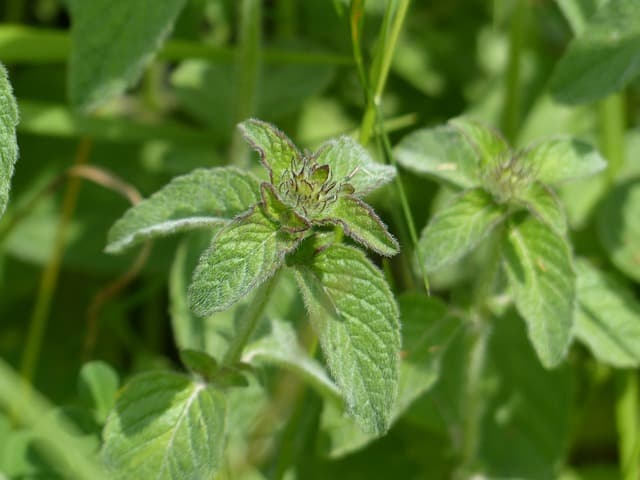
Mint is perhaps one of the easiest herbs for beginners to grow. Its refreshing aroma and flavor make it versatile for numerous culinary uses, teas, and traditional medicine. It is known for its digestive benefits and ability to freshen breath.
Mint grows best in well-drained, fertile soil with ample sunlight, although it can tolerate partial shade. Its tendency to spread aggressively means it’s often best to plant it in containers to manage its growth. You’ll soon find yourself with a vibrant and aromatic mint supply.
Conclusion
Cultivating medicinal herbs offers a multitude of benefits, from enhanced health to delightful culinary uses. This guide highlighted a variety of unique herbs suitable for beginners, each providing unique contributions to both gardens and wellness. As you embark on your herbal gardening adventure, remember to give each plant the care it needs and enjoy the rich rewards of your endeavors in health, flavor, and beauty.


